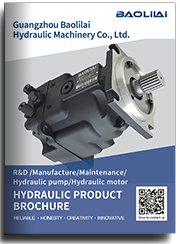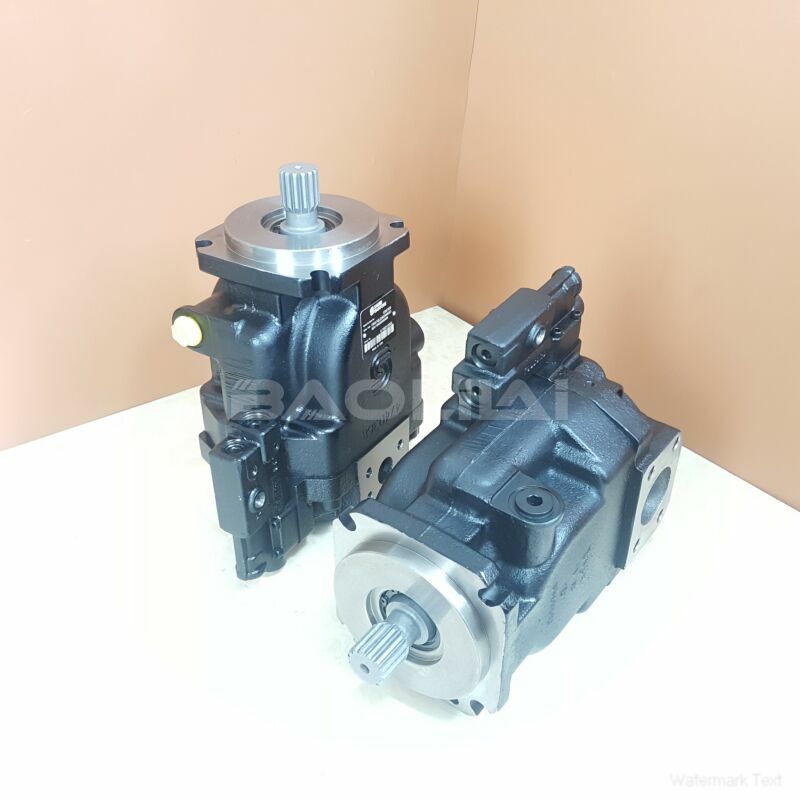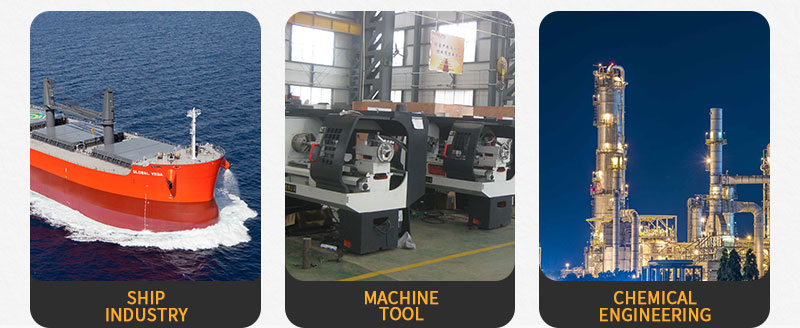FRR090CLB2020NNN3S1T2A1NAAANNNNNN danfoss pump
FRR090CLB2020NNN3S1T2A1NAAANNNNNN danfoss pump

- Product Details
- Applicable Scene
In the oil and gas industry, maintaining optimal wellhead pressure is critical for efficient operation, safety, and productivity. Among the various components involved in wellhead pressure control systems, piston pumps play a vital role. This article explores the significance of piston pumps within these systems, their operational principles, advantages, and applications.
FR-R-090C-LB-20-20-NN-N-3-S1T2-A1N-AAA-NNN-NNN
FRR090CLB2020NNN3S1T2A1NAAANNNNNN
Piston pumps are positive displacement pumps known for their reliability and efficiency in handling a wide range of fluids at varying pressures. These pumps operate by using a piston to create a vacuum that draws fluid into a chamber, which is then expelled under pressure when the piston moves in the opposite direction. This operation allows for precise control of fluid movement, making piston pumps particularly suitable for wellhead pressure control.

83003116
One of the main reasons for using piston pumps in wellhead pressure control systems is their ability to maintain consistent pressure levels. In oil and gas wells, fluctuations in pressure can lead to inefficient extraction and potentially hazardous situations such as blowouts. Piston pumps can respond quickly to changes in pressure, providing a stable and controlled environment. This responsiveness is crucial during critical operations such as drilling, fracturing, and production phases.
Another advantage of piston pumps is their versatility in handling various types of fluids, including high-viscosity and corrosive liquids. This capability is essential in wellhead applications, where the fluid composition can vary significantly. Piston pumps can be designed with materials that withstand harsh environments, ensuring longevity and minimal maintenance, which is a key consideration in the remote locations of many wellheads.
Efficiency is also a significant factor in the use of piston pumps for pressure control. These pumps can achieve high flow rates with minimal energy consumption, which is increasingly important in today’s energy landscape. The reduction in energy costs not only enhances the profitability of well operations but also aligns with the industry’s goals of reducing its carbon footprint.





